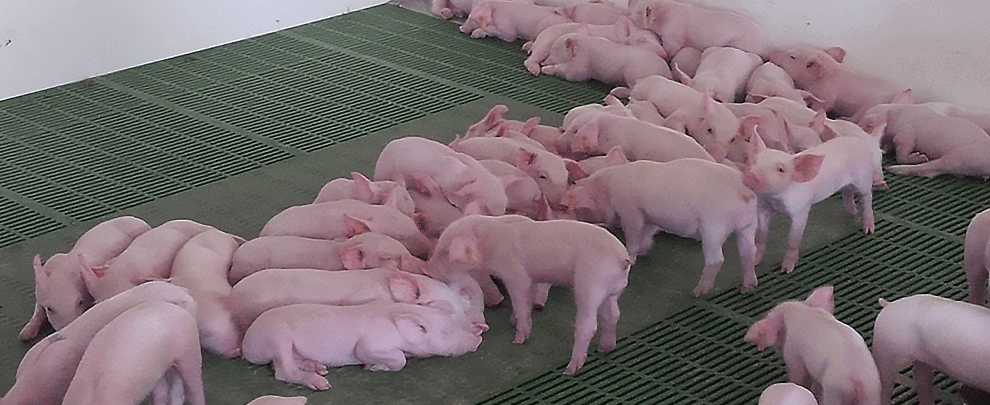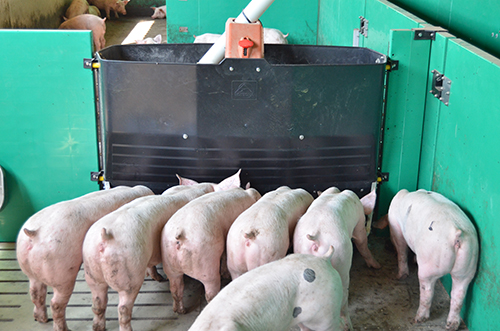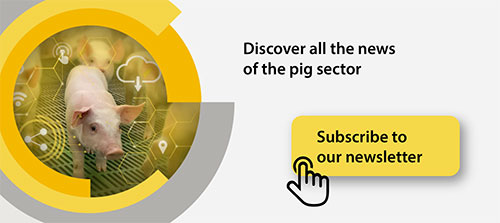Blog
Blog

What are the challenges facing the pig sector?
26th August 2025 - News
The pig farming sector is facing a future full of complex challenges that will shape its development in the coming years, demanding strategic and coordinated responses. Adapting to new social demands, environmental sustainability, technological innovation, and the need to reinforce its public image form a scenario in which every part of the sector must move forward together, strengthening its connection with society and balancing economic, social, and environmental aspects to ensure stability and growth.
Social perception and consumer communication
Pig farming continues to struggle with an image burdened by stereotypes that have little to do with reality. Despite significant progress in sustainability, animal welfare, and technological innovation, social perception has been slow to catch up, leaving a gap the sector must close. Experts point out that the solution lies in constant and transparent communication, capable of bringing consumers closer to the daily life of farms and highlighting the role of pig farming as an economic driver, job creator, and provider of safe, high-quality food.
In this context, in a digital world where information circulates instantly, misinformation poses a real risk to the sector’s reputation. This makes it essential to strengthen dialogue with consumers, healthcare professionals, veterinarians, and the media, tailoring messages to each audience and ensuring that the information shared is clear, rigorous, and scientifically based.
Animal welfare and regulatory compliance
The recent implementation of Royal Decree 159/2023, which sets new parameters regarding stocking densities, isolation areas, and environmental conditions in fattening farms starting in 2025, has placed animal welfare and health at the center of the sector’s agenda. Ensuring that animals live in optimal conditions is not only a legal requirement but also a key factor for production efficiency.
At the same time, the implementation of rigorous veterinary programs, the responsible use of medicines, and the continuous monitoring of animal health allow producers to anticipate risks and apply effective solutions to ensure farms comply with the most demanding legal standards. In this sense, improving biosecurity is essential to prevent the entry of diseases such as PRRS and ASF and to stabilize production.

Ensuring good conditions is key to animal welfare. Photo: Rotecna.
Revitalizing rural areas
The presence of modern and sustainable farms plays a decisive role in stabilizing populations in areas at risk of depopulation. It is precisely in these regions that pig farming brings economic dynamism, attracts talent, and fosters balanced territorial development.
One of the most relevant challenges in this regard is ensuring generational renewal by offering young people opportunities to see pig farming as a viable, stable, and attractive life project. Investing in training, digitalization, and professionalization is key to facilitating this transition and ensuring that farms not only maintain their activity but also modernize and adapt to new social and production demands. Strengthening the bond between pig farming, rural areas, and younger generations is essential to consolidating its social value and ensuring the sector’s long-term continuity.
Sustainability as a strategic pillar
Commitment to environmental sustainability remains one of the sector’s greatest challenges. The industry has made progress in reducing emissions, managing water and slurry efficiently, and incorporating renewable energy into farms. However, regulatory and social pressure demands ongoing innovation. Striking a balance between environmental sustainability, economic viability, and social responsibility is key to securing the industry’s future.
Innovation in waste management and the development of strategies to reduce the carbon footprint, together with the efforts of many farms to improve energy efficiency, are essential steps in consolidating a responsible, competitive production model aligned with societal expectations and international regulations.
Ultimately, the future of the white-layer pig sector will depend on its ability to combine accumulated experience with a firm commitment to technological innovation, animal welfare, and sustainability—balancing efficiency, reputation, and economic potential. Spanish farms can consolidate this balance by embracing technology, complying with regulations, maintaining transparent communication, and adopting a strategic vision that harmonizes tradition, innovation, and responsibility. Only in this way can the sector preserve its economic and social relevance, moving toward a solid, competitive, and socially accepted model that meets the expectations of a constantly evolving society.
Source: Interporc.








